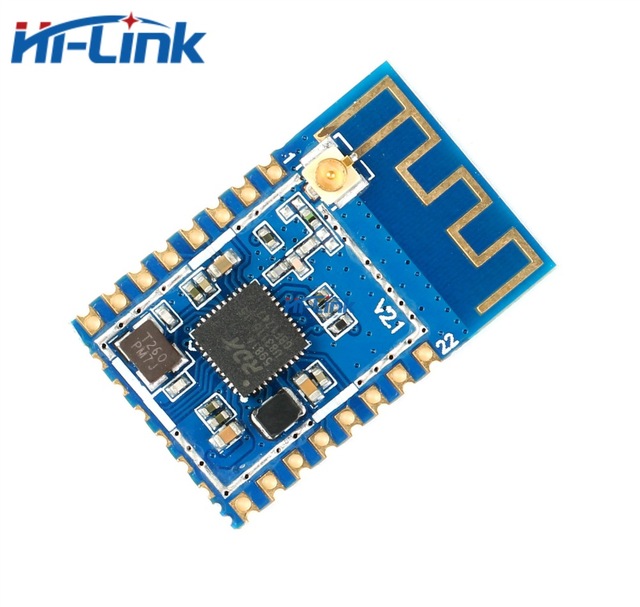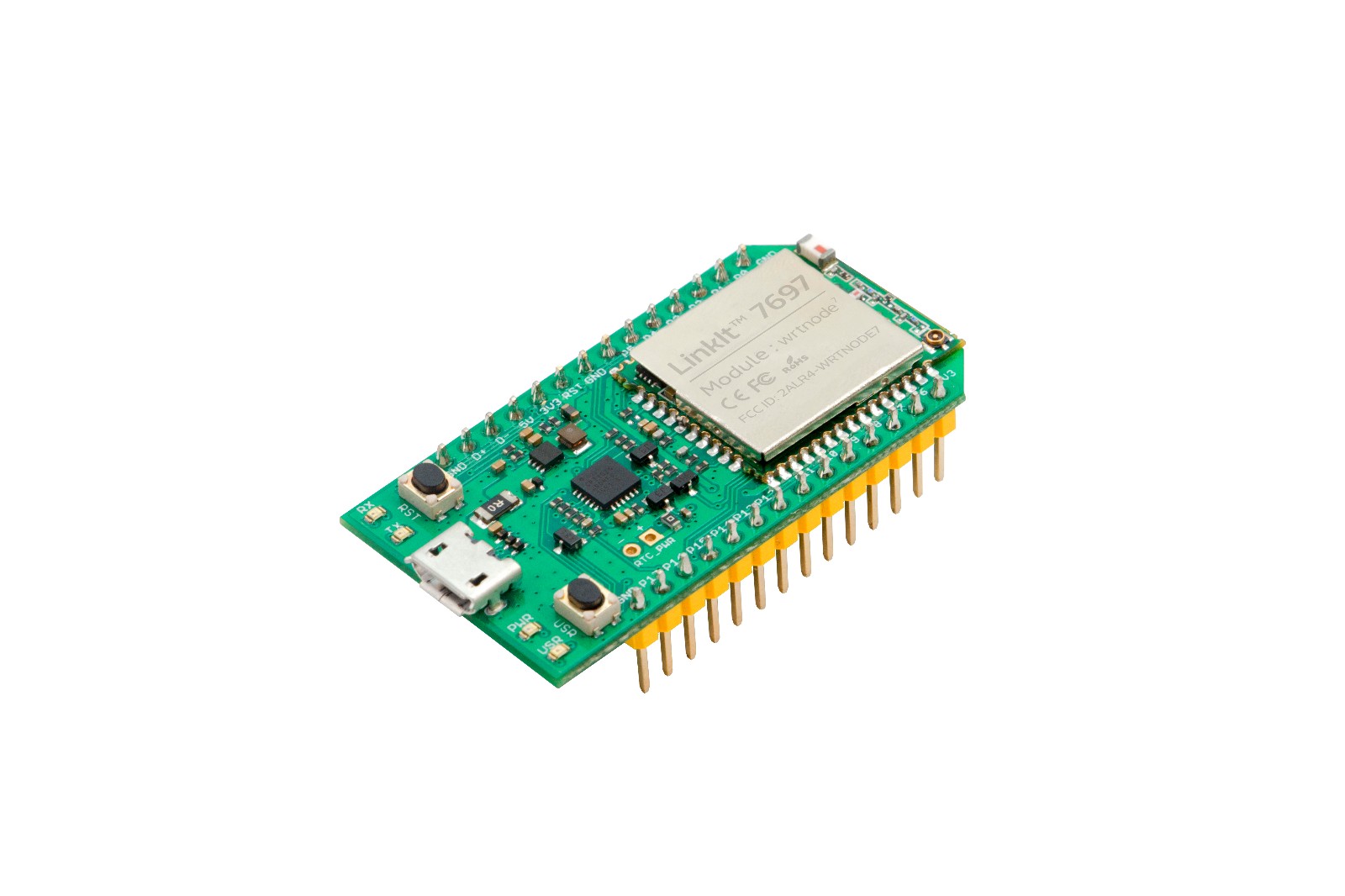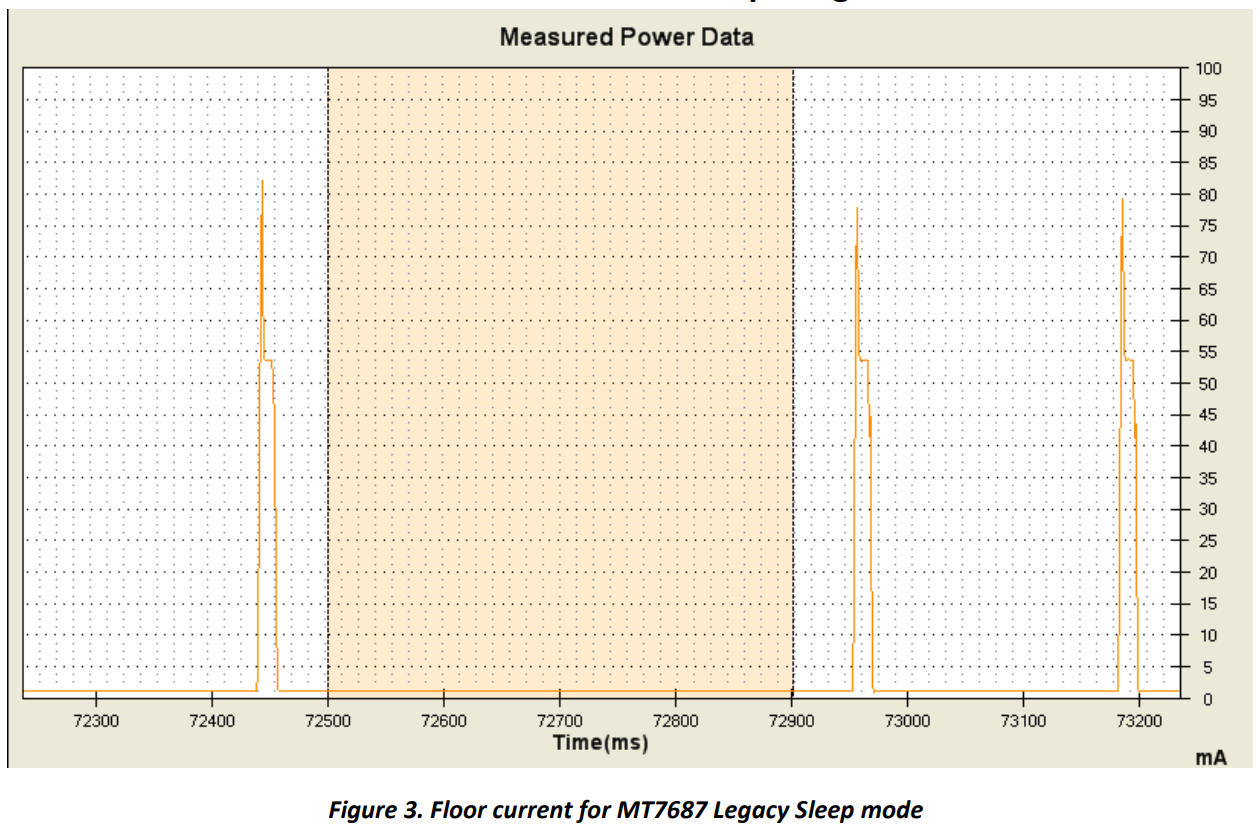MediaTek and RDA WiFi Microcontrollers
Published
by Thorsten von Eicken
At https://blog.voneicken.com/2018/lp-wifi-other/
In
Running Wifi Microcontrollers on Battery
Tagged
Low-Power
,
Wifi
Unisoc’s RDA5981 and MediaTek’s MT7697 microcontrollers (as well as variants of these two) also incorporate a WiFi radio on the chip and target low-power embeded IoT applications.
Unisoc RDA5981

One interesting feature of the chip is that its recommended supply voltage range is from 3.3V to 4.2V, which means that one can run it straight off a LiPo without regulator! A first glipse at what to expect in terms of power consumption is provided by the following table from the datasheet:

The deep-sleep, RX and TX mode power levels look very comparable to the other microcontrollers examined so far. I don’t know what the “WIFI OFF” refers to but I wonder whether it’s really supposed to read 22 milliamperes with the CPU running and the RF section being off.
Another module which uses the RDA5891 is MxChip’s EMW3080 and A_D Electronics uncovered a more interesting power consumption table in its docs:

Is this table the power consumption while Wifi is connected is listed at 47mA, which certainly does not compete with the Espressif microcontrollers or the RTL8710. But as seen with the other microcontrollers, until the thing is running some test apps on the bench it’s impossible to tell what the actual power consumption will be.
MediaTek MT7697

One of the benefits of the dual-processor architecture is that the application processor can be completely shut down when sleeping while keeping the Wifi processor active to maintain a connection to the access point. The downside is that there’s more to power when both are on.
The most interesting document I’ve found so far is the power mode developer’s guide which shows a 9.6mA sleep mode using FreeRTOS tickless idle and a 1.1mA “legacy sleep” mode:

Another interesting document on low power modes has the following table:
| Scenario | Typical Results [mA] |
|---|---|
| Legacy Sleep | 0.667 |
| WiFi Radio off (tickless) | 10.79 |
| WiFi Radio off (legacy sleep) | 0.97 |
| WiFi Connected (DTIM 1, tickless) | 14.18 |
| WiFi Connected (DTIM 1, legacy cleep tickless) | 4.64 |
| WiFi Connected (DTIM10, legacy sleep tickless) | 2.07 |
That looks right in the ballpark of the esp32 to me, but only experimentation will tell for sure…
Stay tuned for the next post…